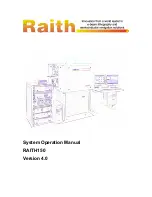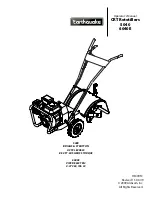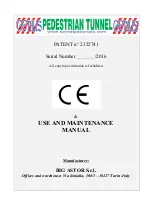
43
Operating Instructions
|
airLPT216
Version 1.2
|
Dated: 07.03.2017
NEGATIVE PREssURE
MEAsUREMENT
Connect the air hose
(7)
for a negative pressure mea-
surement to the negative pressure connection
(9)
on
the right-hand side of the device. Turning the hose
coupling slightly makes it easier to push on.
Connect the pressure measurement hose
(10)
to the
top of the device, at the pressure measuring connec-
tion
(11)
. Connect both hoses to the measurement
connections on the air duct system to be tested.
These should be approx. 1.5 – 2 m apart and not be
opposite each other.
In case of pressures higher than 2,000 Pa, the two
measuring connections (air connection, pressure
measuring connection) must be additionally secured
against coming off suddenly.
The hoses must not be kinked, crushed or twisted.
The ductwork surface to be tested should be at least
10 m
2
for testing in conformity with the standards
and must be determined to EN 14239. The air duct
system to be tested must be sealed off airtight from
the remaining system. Avoid using film and adhesi-
ve tapes to close off the openings, as in most ca-
ses this results in too large measurement errors. The
openings must be closed off properly, e.g. using end
caps. The air leakproof tester is connected via prepa-
red measuring openings. These can be, e.g. flanged
spigots, or inspection openings with appropriate ad-
apters. According to EN 12599, the test pressure, as
positive pressure for supply air ducts and negative
pressure for exhaust air ducts, should be 200 Pa, 400
Pa or 1,000 Pa and lie in the middle of the average
operating pressure.
K
7
10












































